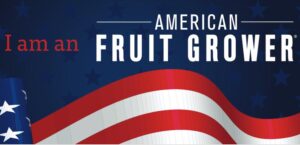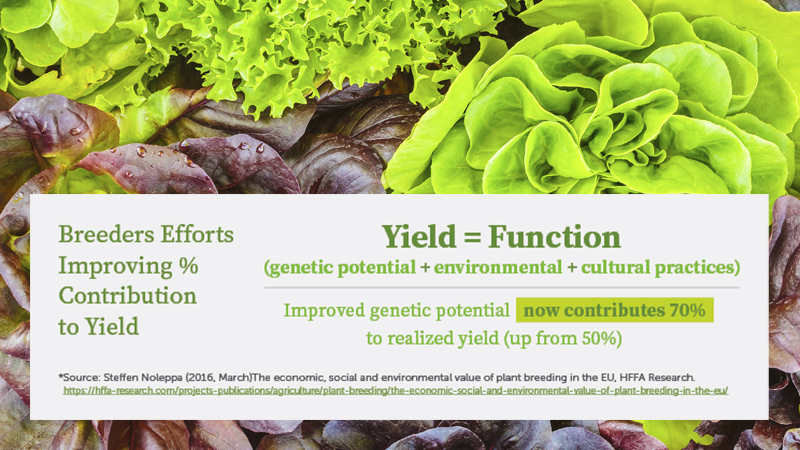Honk If You Are an American Fruit Grower
We are introducing a new program here at American Fruit Grower. A lot of people like to proclaim what they do on a bumper sticker, so we thought, “What sector of society deserves a little respect in this country more than the farmer, specifically the fruit grower?”
Few people are involved in farming today. I used to hear a figure of 2% of Americans being directly involved in farming, but now experts say it has dropped below that level. I talk to a lot of you growers from coast to coast, and I hear many of the same stories. Every grower I know who gives tours of their vineyards, orchards, or fields to school children — smartly trying to educate the next generation — has a story or two to tell about how out of touch the average kid is in this country about agriculture. That’s not to say an awful lot of adults aren’t ignorant about farming, but they aren’t brave enough to ask questions on an orchard tour such as, and I have heard this more than once: “When do the fruit develop the stickers?”
Another plus for the fruit grower: No farmer produces such delicious products right off the plant. Sure, there are a lot of wonderful raw vegetables out there, but nothing compares to fresh fruit. In other words, of all the farmers, the fruit grower might be the most relatable to the consumer.
Our grower featured in this month’s cover story, Dana Merrill, a California wine grape grower and consultant, seemed like a good candidate for our first such profile. First, it’s a good reminder to my grower friends around the country that California is indeed part of America. (Little political humor there, very little.) Merrill is relatable not because his chief problem is a lack of water — though many growers in the Golden State and throughout the West can commiserate — it’s because the problem has been exacerbated by urbanization.
Fruit growers definitely share a lot of problems, including battling insects and diseases, unusual weather, and crazy trade markets, but many share a problem that’s interesting because they often think their problem is unique. And it may have elements that are unique to them, but it often boils down to butting heads with encroaching urban development.
The fact of the matter is no growers face urbanization headaches as much as fruit growers. Why? Because fruit grows best where many people would like to live. Both fruit and people like temperate climates, the type produced by a large body of water. About half the people in the U.S. live within 50 miles of a large body of water, which sounds extreme until you think of the many coastal cities, then factor in the Great Lakes, etc.
A map of where fruit is produced in this U.S. looks similar. Sort of like a flattened horseshoe with heavy production along either coast, and then across the Great Lakes, the Finger Lakes, and so forth. There are certainly exceptions, such as much of the intense fruit growing in the great state of Washington, but for the most part, population and fruit production maps aren’t that different.
Because many of you fruit growers farm in the more heavily populated parts of this country, where you have more contact with non-farmers than some of your fellow growers, you are excellent candidates to stand up — or rev up, in this case — and proclaim your proud occupation. With any luck, it might gain you some interaction with those unfamiliar with farming, so you can tell them about what you do. Because it’s critical we try to bridge that gulf and educate those folks; more disconnect with farming in this country does not bode well for the future of U.S. growers.
If you’re an American fruit grower, send me an email and I’ll send you a bumper sticker. You have a lot to be proud of — and a whole lot more work to do to keep in harmony with an urbanizing country.










